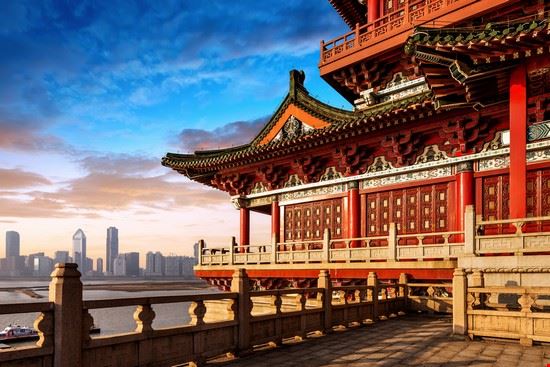World Wild Customs : Beijing
Beijing
 |
| (1) |
Japan passionately holds onto its past. Japanese fashions that fell out of everyday wear in the 19th century are regularly revived for holidays, ceremonies, festivals and cultural activities.
Clothing in Japan evolved along a unique and fascinating course. It was influenced by factors such as battle and the weather. It was also greatly influenced by the desing of Japanese homes.
Kimono
 |
| (2) |
Kimono was once worn on a daily basis by most Japanese people. In modern times, it's formal wear that's approprite for a wide range of occasions.
Hakama
 |
| (3) |
A garment that's worn over kimono that's similar to wide pleated pants or a skirt depending on the style.
Hakama are traditionally men's clothing. At one time, craftsmen, farmers, academics and samurai all wore different styles of hakama. In modern times, women wear hakama too. Hakama are either worn for martial arts or as formal wear.
Obi
 |
| (4) |
Obi are ornate wide sashes that are wrapped around the waist of kimono. They are often as expensive as all the other layers of the kimono put together.
Yukata
 |
| (5) |
An inexpensive, informal summer robe for summer that's popular for cherry blossom viewing parties, festivals and fireworks. It's not quite a kimono but it has much the same feel.
Happi
 |
| (6) |
A robe-like cotton vest used as a uniform for teams at festivals that usually comes with a matching headband.
Furisode
 |
| (7) |
A kimono with extremely long sleeves in the forearm arm only worn by adult single woman. Most commonly worn to Coming Of Age day ceremonies.
Nagajuban
 |
| (8) |
A simple robe that goes under your kimono. It's essentially kimono underwear.
Tabi
 |
| (9) |
Formal socks worn with Japanese sandals such as geta, zori and okobo. Tabi have a distinctive shape with a separated big toe. They buckle at the back.
Jikatabi
 |
| (10) |
Boots shaped like tabi socks with a separate big toe. Popular amongst outdoor workers such as farmers and construction workers in Japan.
 |
| (11) |
A type of Japanese sandal that are considered surprisingly formal.
Geta
 |
| (12) |
A practical Japanese sandal that keeps your kimono above the snow, rain and dirt.
Okobo
 |
| (13) |
Simple platform sandals that are nothing more than a shaped block of wood with straps on top. They are usually left unpainted or finished in black lacquer.
Hiyoku
 |
| (14) |
Hiyoku is a kimono robe that's worn under the outer kimono robe. Historically, kimono were worn in up to 20 layers for formal occasions and up to 5 layers for warmth. Layering kimono once involved much symbolism but this is mostly a lost art.
Uchikake
 |
| (15) |
A robe that's worn on the outside of a bridal kimono as a coat. It's traditionallyred with images of cranes. In Japan, cranes were historically thought to live 1000 years and are considered an auspicious symbol for weddings. Modern brides often prefer a white Uchikake.
Fundoshi
 |
| (16) |
A traditional Japanese loincloth that was historically the primary undergarment for men. Fundoshi were also historically worn as shorts by laborers and rickshaw drivers.
In modern times, fundoshi are often worn to festivals involving feats of strength and endurance.
Kanzashi
 |
| (17) |
Kanzashi are cloth hair ornaments worn in complex traditional Japanese hairstyles such as those worn by Maiko. They have numerous seasonal variations for each month and for special occasions such as New Years. Old Kanzashi often have large sharpened pins leading some to suggest that they were historically used for self defense.

















Commenti
Posta un commento